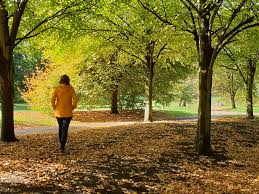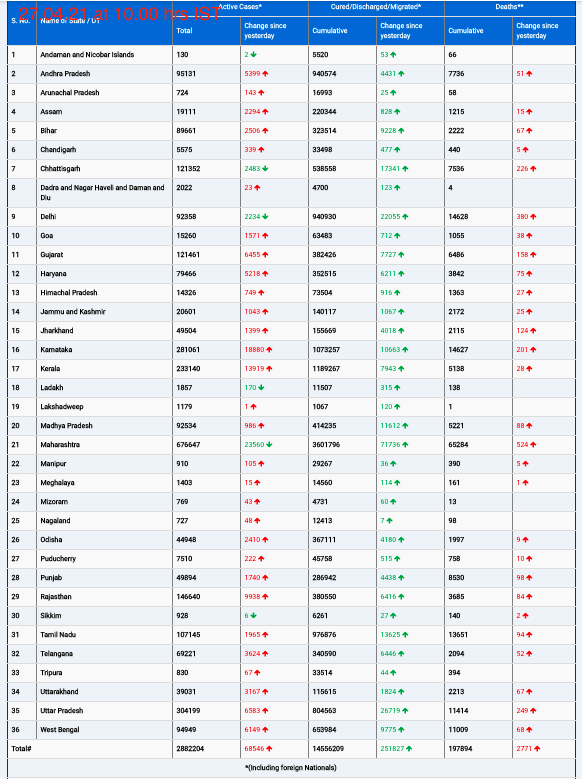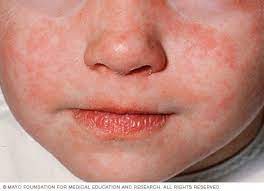As global temperatures rise and heatwaves become more frequent and severe, finding effective ways to combat the adverse health effects of extreme heat has become an urgent priority for researchers and policymakers alike. Urban greening, long considered a promising strategy to mitigate these impacts, is now at the forefront of this conversation. However, understanding the specific types of green spaces that are most beneficial and how they should be implemented remains a critical question.
A new study, published in Environment International, offers fresh insights into the role of urban greening in mitigating heat-related health risks. The research, conducted by an international team from China, the UK, and Spain, shows that forests within walkable distances from residential areas are particularly effective in reducing heat-related mortality.
Forests as Key Players in Urban Heat Mitigation
Led by Dr. Jinglu Song, an associate professor in the Department of Urban Planning and Design at Xi’an Jiaotong-Liverpool University (XJTLU), the study challenges some conventional assumptions about urban greening. “Our findings suggest that compared with other types of vegetation, such as grasslands, forests located within one kilometer of residential areas have a pronounced impact on reducing heat-related mortality risks,” says Dr. Song.
This groundbreaking research has the potential to reshape urban planning strategies, especially in densely populated cities with limited green space. Traditionally, small green spaces located within 300 to 500 meters of living areas have been regarded as most effective for improving health. However, Dr. Song’s team suggests that broader-scale greening efforts, particularly involving trees, may offer more significant health benefits up to one kilometer away from communities.
A New Method for Measuring Greenspace Impact
The study introduces a novel approach to measuring the effectiveness of urban greenery, known as “distance-based greenspace exposure.” Unlike traditional methods that focus on the percentage of green space within a planning area, this approach accounts for how people actually interact with greenspaces—how far they are from home and how often they are used. This more refined model provides a clearer picture of the relationship between urban green areas and health outcomes, particularly in the context of heat-related health risks.
“Our approach gives a more accurate representation of how urban residents engage with green spaces and how these interactions affect their health,” Dr. Song explains.
Implications for Future Urban Planning
The findings are expected to influence future urban design and public health policies. As the global population increasingly concentrates in cities, planners must optimize limited green spaces to maximize public health benefits. The research team is also eager to continue exploring this topic, with plans to expand their studies to different climatic regions and urban environments.
“We’re committed to building a robust body of evidence on how specific types of vegetation contribute to health outcomes,” says Dr. Song. “Future research could delve into other health effects of greenspaces beyond mortality, explore the mechanisms through which green spaces impact health, and apply emerging technologies to enhance assessments of urban greenery.”
This study underscores the critical importance of forests in urban environments and presents a compelling case for cities to prioritize tree planting within walkable distances from residential areas as part of their heat mitigation strategies.
Source:
Xi’an Jiaotong-Liverpool University (XJTLU)
Journal Reference:
Song, J., et al. (2024). Do greenspaces really reduce heat health impacts? Evidence for different vegetation types and distance-based greenspace exposure. Environment International. doi.org/10.1016/j.envint.2024.108950











